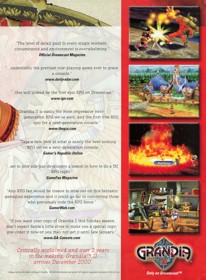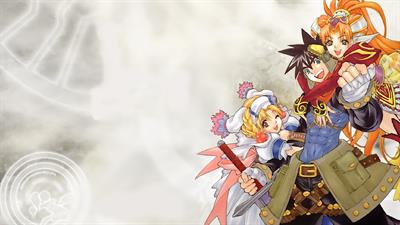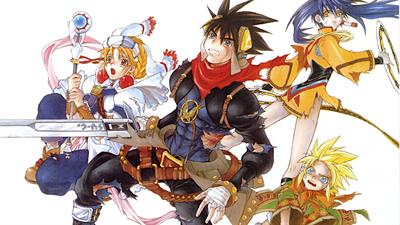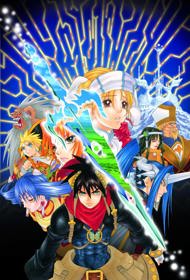Overview
Grandia II is a role-playing video game developed by Game Arts originally for the Dreamcast console as part of their Grandia series. Initially released in Japan in August 2000 by Game Arts, the game was later made available in English for North America the following December, and in Europe in February 2001, with both releases published by Ubi Soft. The game was later ported to the Sony PlayStation 2, where it was released worldwide throughout 2002, and later for Microsoft Windows exclusively in North America and Europe later that year.
The game was developed by many of the same staff members who worked on the original Grandia, including music composer Noriyuki Iwadare but was designed around the idea of creating a more "mature" product than the previous title, as well as the first in the series to feature fully three-dimensional graphics. The game is set in a fantasy world thousands of years after a battle between Granas, the god of light, and Valmar, the god of darkness, nearly destroyed the planet until Valmar was split into pieces and scattered across the land. In the aftermath of the battle, the Church of Granas has led humanity to prosperity by spreading the word of good, but when a young mercenary named Ryudo is charged to protect a songstress from the church named Elena, their journey reveals that the church's history, as well as the history of the world, is not all it seems.
The turn-based battle system is based around the IP gauge. Character icons move from left to right on the gauge. Upon reaching the beginning of the action phase on the gauge, characters select an action, and when their icon reaches the end of the action phase, that action is executed. The system supports only limited movement during battle; an invisible barrier prevents characters from wandering outside the arena. Characters can run from one place to another or strike opponents and then retreat. Selecting "critical" makes a character or enemy strike an opponent a single time. If the critical lands during the opponent's action phase, it will "cancel" the opponent's move, and push the opponent's icon substantially backwards along the IP gauge, delaying the opponent from taking any action. Selecting "combo" makes a character land two hits on an enemy. The hits can be increased with certain accessories, up to four hits per combo. A combo can also "counter" if it hits an enemy in an attack pose, dealing additional damage. If the combo kills the intended target before reaching the final blow, the character will attack the closest enemy to complete the combo.
Characters can use magic from equipped Mana Eggs. Using magic consumes MP. More powerful magic takes longer to cast. Special moves and spells can be learned with Skills Coins and Magic Coins, and have a maximum level of 5. Spell efficiency is increased and casting time decreased as the level increases. Magic spells can cast instantly if a character has skills equipped giving a +100% bonus to the element of that particular spell. Special move sets are learned from Skill Books, then equipped onto characters. Skills can either boost stats or add additional effects, such as increased item drops or adding a cancel effect to certain spells.
- Developers
- Game Arts
- Publishers
- Game ArtsUbi Soft Entertainment Software
- Platform
- Sega Dreamcast
- Alternate Names
- Grandia 2




























